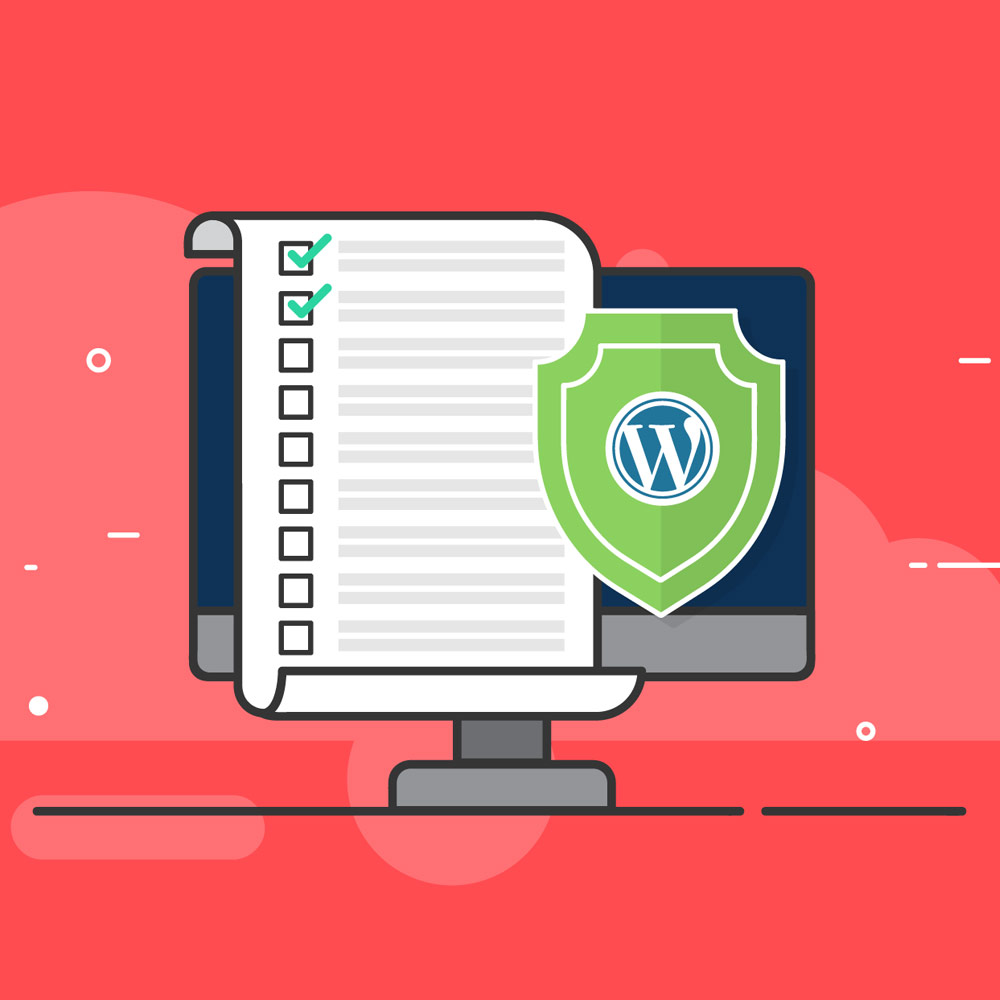
WordPress has emerged as one of the most popular content management systems (CMS) in the world, powering millions of websites across various industries. With its user-friendly interface and vast customization options, WordPress allows businesses and individuals to create stunning websites without extensive technical knowledge. However, the popularity of WordPress also makes it an attractive target for hackers and cybercriminals. Therefore, it is crucial to prioritize WordPress security to protect your website and its sensitive data.
WordPress Security Introduction
When we talk about WordPress security, we refer to the measures and practices implemented to safeguard WordPress websites from unauthorized access, data breaches, malware infections, and other malicious activities. Effective security ensures that your website remains safe, maintains its functionality, and preserves the trust of your visitors.
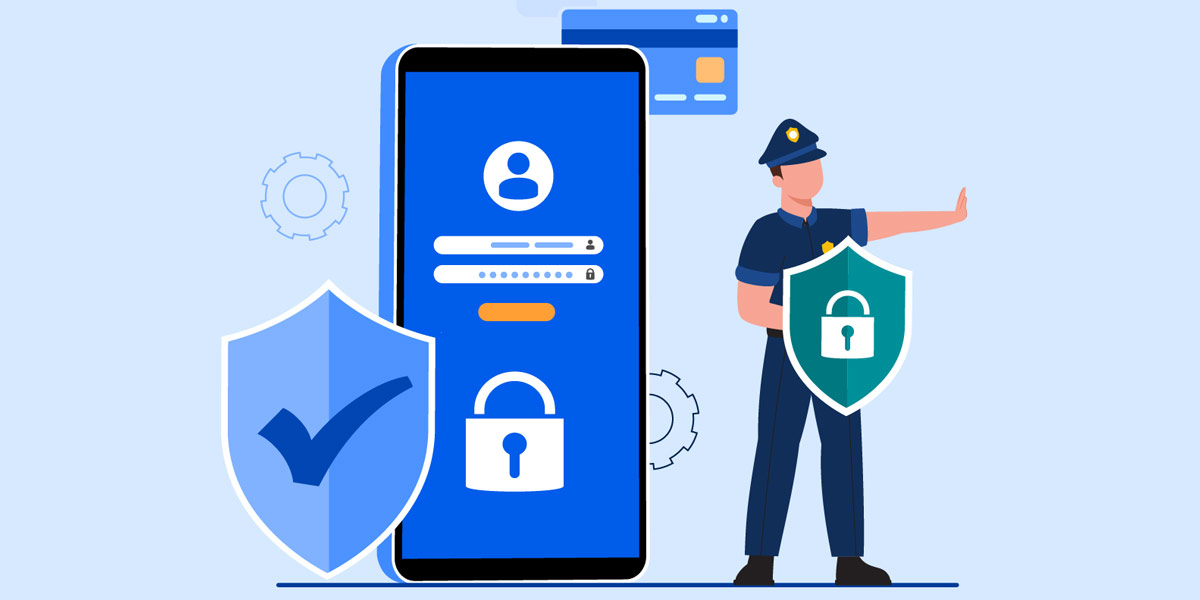
WordPress Security: Protecting Your Website from Online Threats
Importance of WordPress Security
WordPress security should be a top priority for website owners and administrators. Neglecting security measures can expose your site to various risks, including:
- Unauthorized access to sensitive data
- Defacement or destruction of your website
- Malware infections and spreading to visitors
- Damaged reputation and loss of trust
- Legal and financial consequences
By taking proactive steps to secure your WordPress site, you can mitigate these risks and maintain a robust online presence.
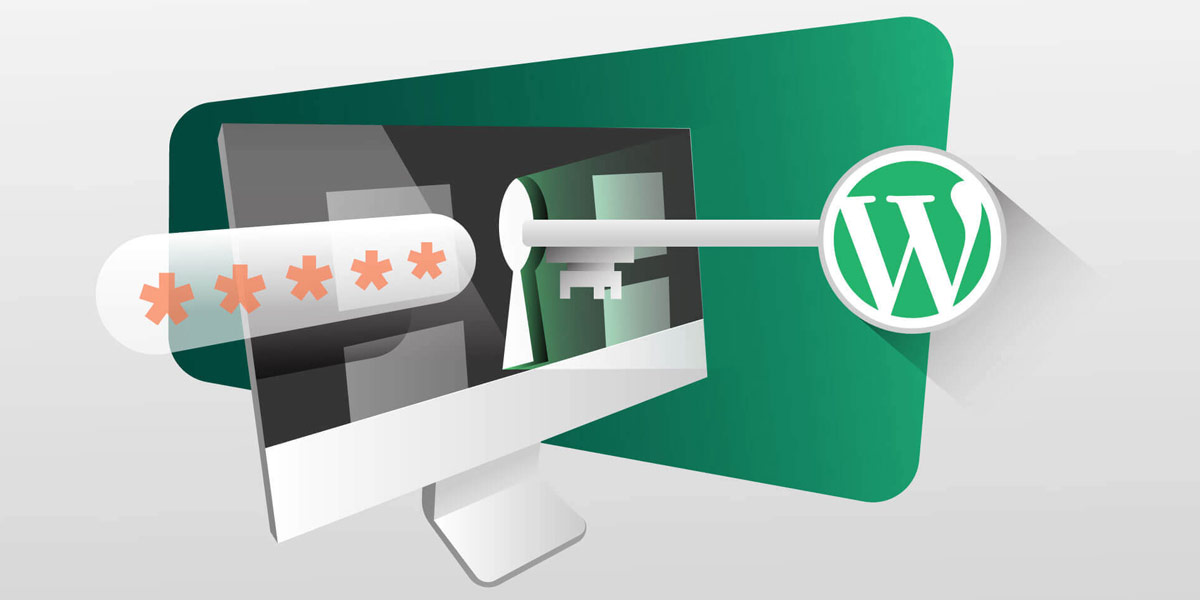
WordPress Security: Importance of WordPress Security
Common Vulnerabilities in WordPress
Before we delve into securing WordPress, let’s explore some common vulnerabilities that can compromise the security of your website:
Outdated WordPress versions
Using outdated versions of WordPress core, themes, or plugins can leave your site vulnerable to known security issues. It is essential to regularly update your WordPress installation to benefit from security patches and bug fixes provided by the developers.
Weak login credentials
Weak passwords make it easier for hackers to gain unauthorized access to your WordPress admin area. Using easily guessable passwords or reusing them across multiple platforms significantly increases the risk of a successful brute-force attack.
Insecure themes and plugins
Not all themes and plugins available for WordPress are created equal. Some may have security vulnerabilities that can be exploited by hackers to gain control over your website. Using reputable and regularly updated themes and plugins reduces the chances of such exploits.
Lack of regular updates and backups
Failing to update WordPress, themes, and plugins regularly can result in security vulnerabilities. Additionally, not having regular backups increases the potential for permanent data loss in case of a security breach or technical failure.
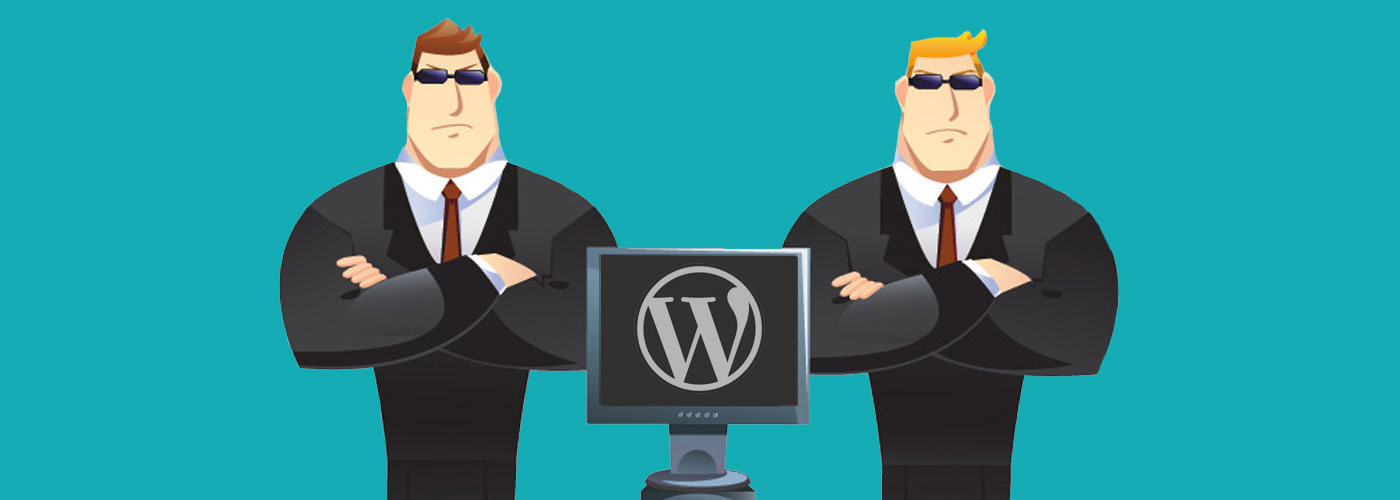
WordPress Security: Common Vulnerabilities in WordPress
Best Practices for Securing WordPress
Now that we understand the common vulnerabilities, let’s explore some best practices to enhance the security of your WordPress website:
Keep WordPress core, themes, and plugins up to date
Regularly updating WordPress core, themes, and plugins is essential to ensure that you have the latest security patches and bug fixes. Enable automatic updates whenever possible or schedule regular manual updates.
Use strong and unique passwords
Create strong passwords for your WordPress admin accounts, FTP, and hosting accounts. Use uppercase and lowercase letters, numbers, and special characters. Avoid using easily guessable information such as birthdates or pet names.
Install reputable security plugins
WordPress offers numerous security plugins that can strengthen your website’s security. Install a reputable security plugin that provides features like malware scanning, firewall protection, and login protection.
Enable two-factor authentication
Implementing two-factor authentication (2FA) adds an extra layer of security to your WordPress site. By requiring users to provide an additional authentication factor, such as a unique code from their mobile device, you can significantly reduce the risk of unauthorized access.
Implement a website firewall
A website firewall acts as a barrier between your website and potential threats, filtering out malicious traffic and protecting your site from attacks. Consider using a web application firewall (WAF) to provide an additional layer of defence.
Regularly backup your WordPress site
Regularly backing up your WordPress site ensures that you have a recent copy of your data in case of a security breach or technical failure. Store backups securely in off-site locations and test the restoration process to verify their reliability.
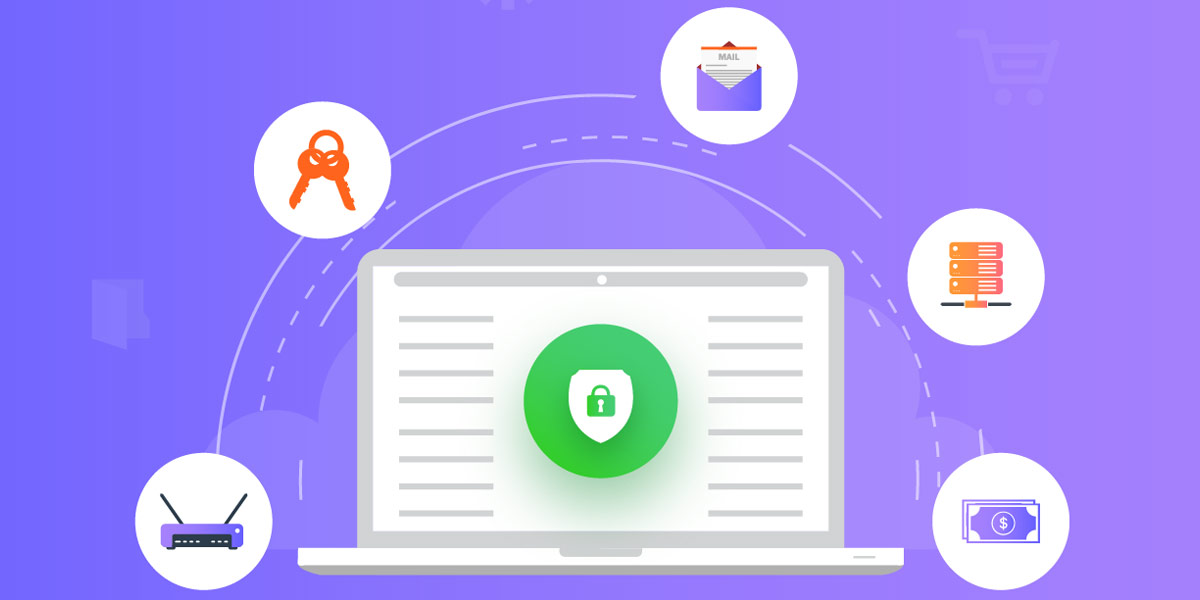
WordPress Security: Best Practices for Securing WordPress
Securing the WordPress Admin Area
The WordPress admin area is a prime target for hackers aiming to gain control of your website. Implement the following measures to enhance its security:
Change the default login URL
By changing the default login URL, you make it harder for attackers to find the login page. This simple step can deter many automated brute-force attacks.
Limit login attempts
Enforce a limitation on the number of login attempts to prevent brute-force attacks. After a certain number of failed attempts, temporarily lock out the IP address or display a CAPTCHA challenge to ensure only legitimate users gain access.
Use secure hosting and SSL certificates
Choose a reputable hosting provider with strong security measures, such as regular server updates, intrusion detection systems, and server-level firewalls. Additionally, secure your website with an SSL certificate to enable secure communication between your site and its visitors.
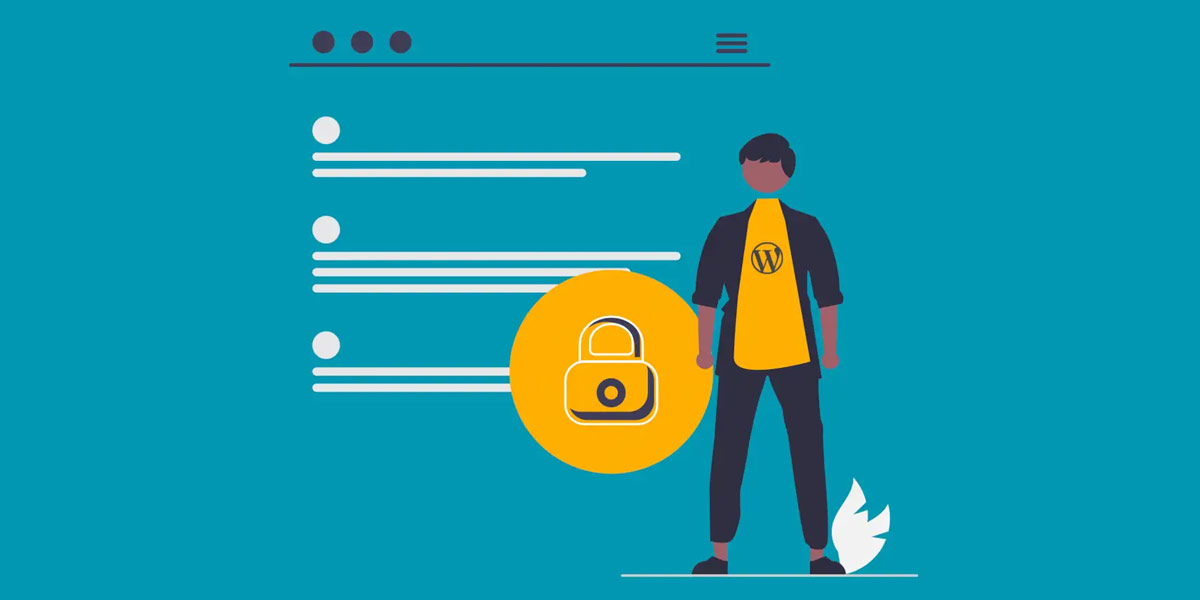
WordPress Security: Securing the WordPress Admin Area
Securing Themes and Plugins
Themes and plugins can introduce vulnerabilities into your WordPress site if not properly managed. Follow these guidelines to enhance their security:
Choose reputable and regularly updated themes and plugins
When selecting themes and plugins for your WordPress site, opt for those developed by trusted sources and regularly updated to address security issues. Review user ratings, read reviews, and check the developer’s track record to ensure their reliability.
Remove unused themes and plugins
Unused themes and plugins can become a potential security risk if not kept up to date. Remove any themes and plugins that you no longer use to reduce the potential attack surface.
Monitor for vulnerabilities and updates
Stay informed about vulnerabilities affecting your installed themes and plugins. Regularly check for updates and install them promptly to patch any known security issues.
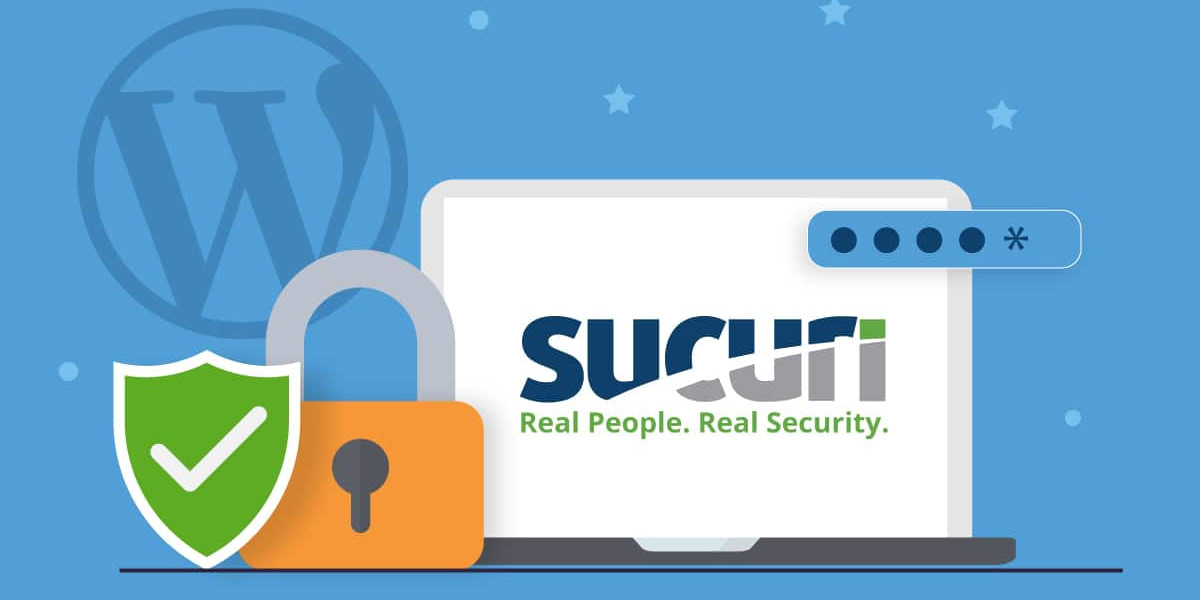
WordPress Security: Securing Themes and Plugins
Protecting Against Malware and Hacking Attempts
Malware infections and hacking attempts can cause significant damage to your WordPress site. Take the following measures to protect against these threats:
Scan your site for malware
Use security plugins or online scanners to regularly scan your WordPress site for malware. If any infected files are detected, take immediate action to remove them and restore clean versions.
Install a web application firewall
Consider installing a web application firewall (WAF) to protect your website from malicious traffic, SQL injections, cross-site scripting (XSS) attacks, and other web-based attacks. A WAF acts as a shield between your site and potential threats.
Implement security headers
Configure your web server or use security plugins to implement security headers, such as HTTP Strict Transport Security (HSTS), Content Security Policy (CSP), and X-XSS-Protection. These headers help protect against specific types of attacks and improve overall security.
Use secure hosting and file permissions
Choose a secure hosting provider that implements robust security measures at the server level. Additionally, set appropriate file permissions for your WordPress files and directories to prevent unauthorized access.
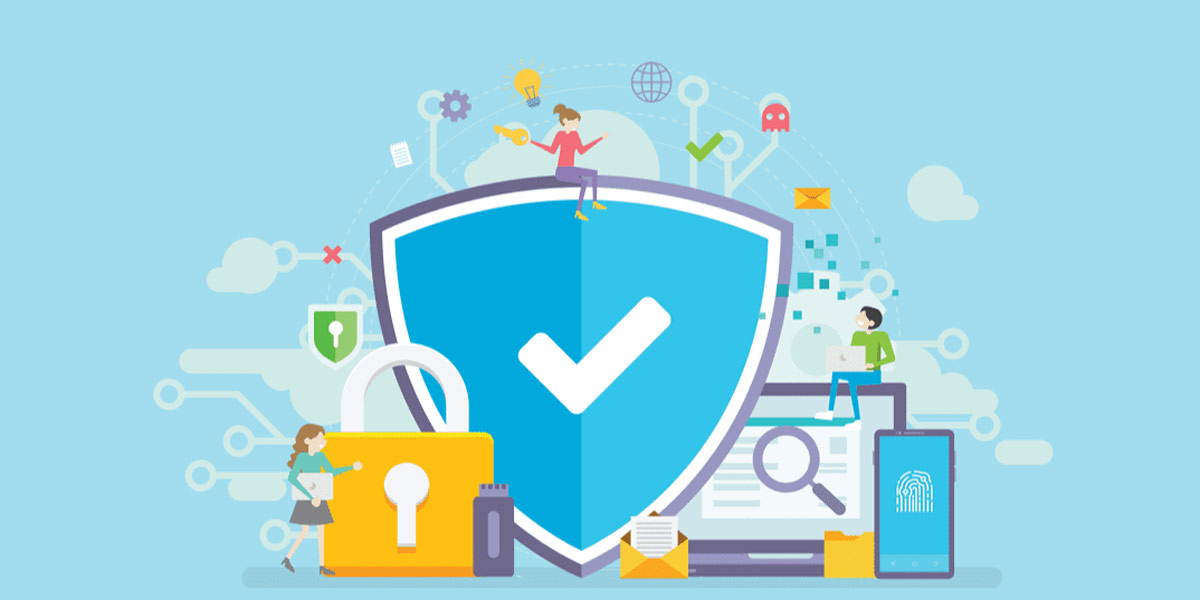
WordPress Security: Protecting Against Malware and Hacking Attempts
Importance of Regular Backups
Regularly backing up your WordPress site is essential for quick recovery in case of a security incident or technical failure. Consider the following aspects when implementing backups:
Off-site backups
Store backups in off-site locations, such as cloud storage or a remote server. This ensures that your backups are safe even if your primary website server is compromised.
Test backups for reliability
Periodically test your backups by restoring them to ensure they are complete and functioning correctly. This helps validate the reliability of your backup strategy and ensures you can restore your website when needed.
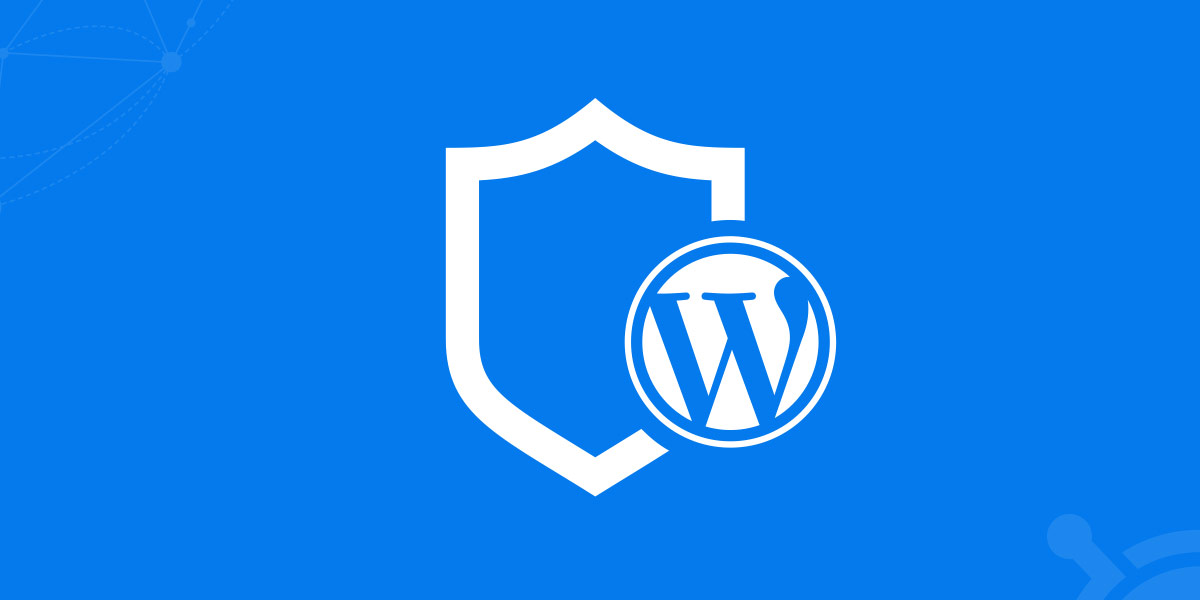
WordPress Security: Importance of Regular Backups
Educating Users and Administrators
Apart from technical measures, educating users and administrators about secure practices is crucial for maintaining a secure WordPress environment. Consider the following aspects:
Training on secure practices
Provide training and resources to educate users and administrators about secure practices, such as password management, identifying phishing attempts, and recognizing suspicious activities.
Encouraging strong passwords
Emphasize the importance of strong passwords and encourage users to use password managers or passphrase-based passwords to enhance security.
Limiting user privileges
Assign user roles and permissions based on the principle of least privilege. Only grant necessary permissions to users, limiting the potential impact of compromised accounts.
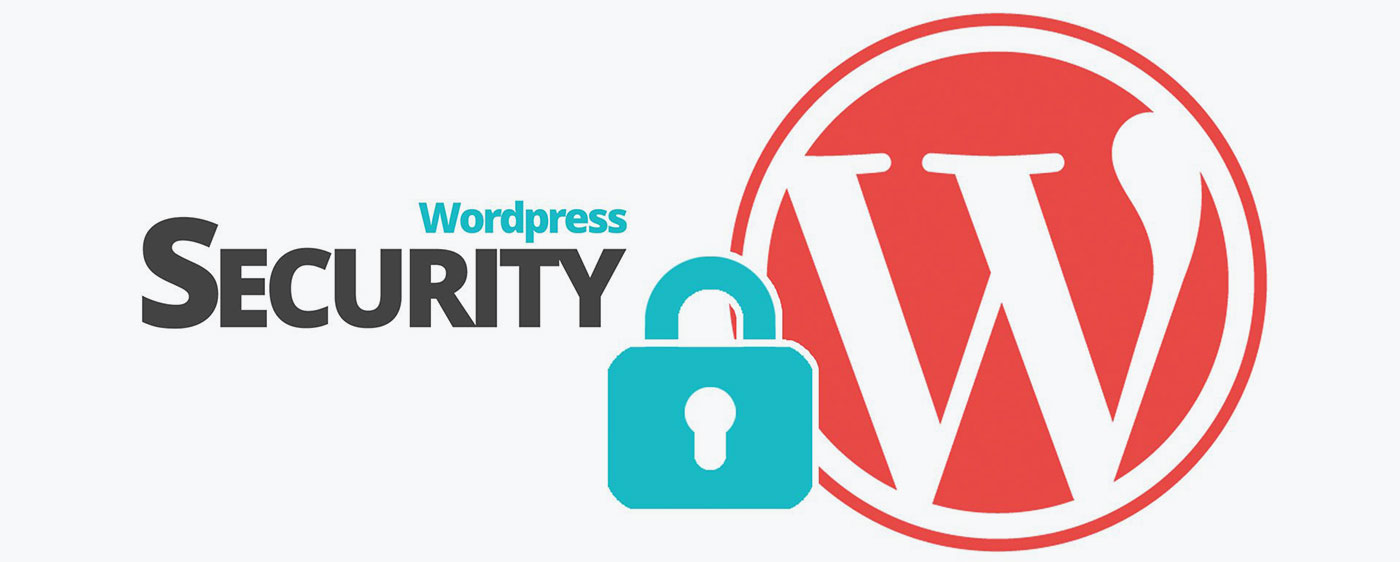
WordPress Security: Educating Users and Administrators
Conclusion
WordPress security is an ongoing process that requires a combination of technical measures, best practices, and user education. By prioritizing security and implementing the strategies outlined in this article, you can significantly reduce the risk of security breaches, malware infections, and unauthorized access to your WordPress site.
FAQ
How secure is WordPress?
WordPress has a strong security foundation but can be vulnerable if not properly maintained. Regular updates, strong passwords, and security plugins are essential for maintaining a secure WordPress site.
What are the best practices to make my WordPress site secure?
To enhance the security of your WordPress site, follow best practices such as keeping WordPress core, themes, and plugins up to date, using strong passwords, installing reputable security plugins, and implementing two-factor authentication (2FA).
Does WordPress have vulnerabilities?
Like any other software, WordPress can have vulnerabilities. However, the WordPress community actively works to identify and patch security issues. Keeping your WordPress site updated and following security best practices significantly reduce the risk of exploitation.
How can I protect my WordPress site from hackers?
To protect your WordPress site from hackers, implement measures such as using secure hosting, enabling a web application firewall (WAF), regularly scanning for malware, limiting login attempts, and educating users about secure practices.
What are the common security issues with WordPress?
Common security issues with WordPress include outdated software, weak passwords, vulnerable themes and plugins, brute-force attacks, and insufficient backups. Addressing these issues helps improve overall WordPress security.
Are there any recommended security plugins for WordPress?
Yes, there are several reputable security plugins available for WordPress. Some popular options include Wordfence, Sucuri Security, and iThemes Security. Research and choose a security plugin that aligns with your specific needs.
How can I secure my WordPress login credentials?
To secure your WordPress login credentials, use strong and unique passwords, avoid using “admin” as your username, enable two-factor authentication (2FA), and limit login attempts to prevent brute-force attacks.
What is the importance of using SSL certificates for WordPress?
Using SSL certificates is crucial for WordPress security as they encrypt data transmitted between your website and visitors’ browsers. This ensures secure communication, protects sensitive information, and improves trustworthiness.
How do I fix a hacked WordPress site?
If your WordPress site is hacked, take immediate action by restoring a clean backup, removing malicious code or files, updating all software, strengthening security measures, and scanning for any remaining vulnerabilities. Consider seeking professional assistance if needed.
Are there any specific measures to prevent brute-force attacks on WordPress?
Yes, you can prevent brute-force attacks on WordPress by using strong passwords, limiting login attempts, implementing CAPTCHA challenges, and utilizing security plugins that offer brute-force protection features.
Can I improve WordPress security by using strong passwords?
Absolutely. Using strong, unique passwords for your WordPress admin accounts, hosting accounts, and FTP accounts significantly enhances security. Combine uppercase and lowercase letters, numbers, and special characters for maximum effectiveness.
Are there any security best practices for choosing a trusted WordPress theme?
When selecting a WordPress theme, choose from reputable sources like the official WordPress Theme Directory or well-known theme marketplaces. Look for themes with regular updates, good user ratings, positive reviews, and active developer support to minimize security risks.




